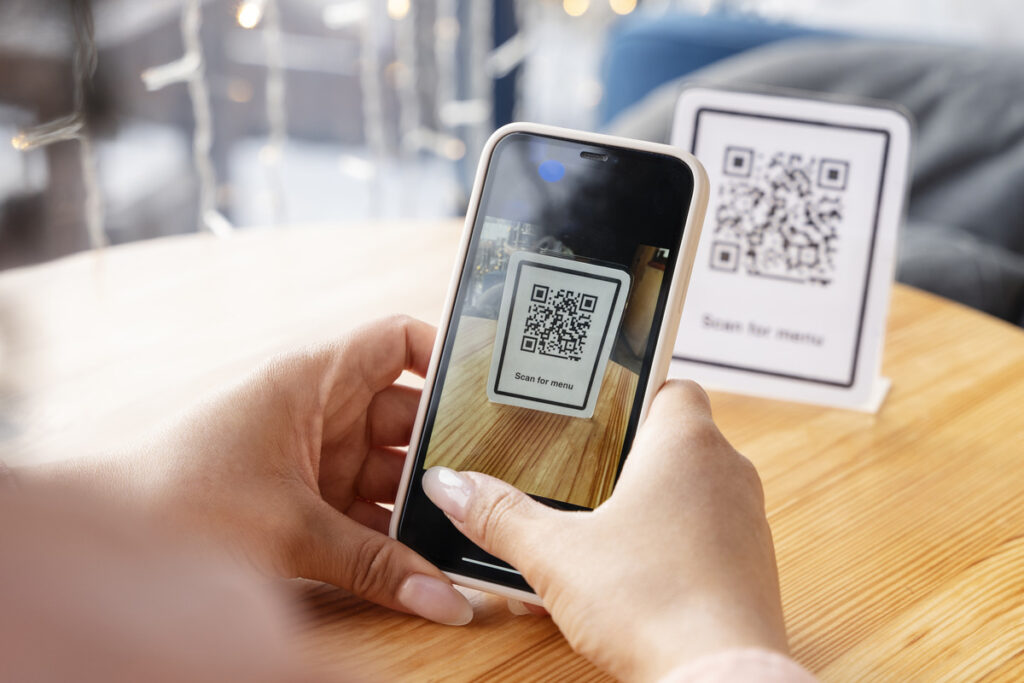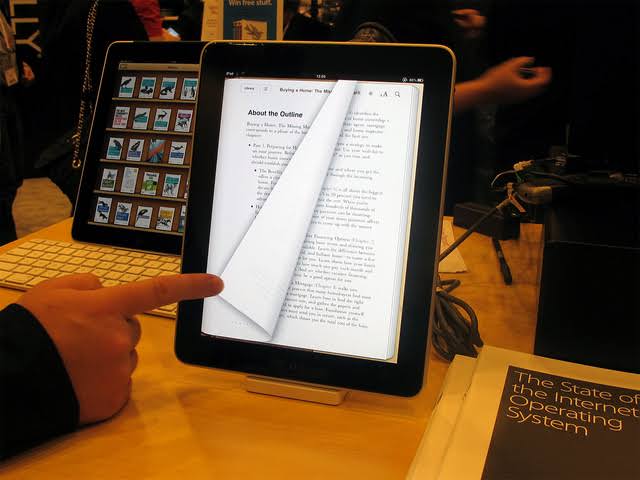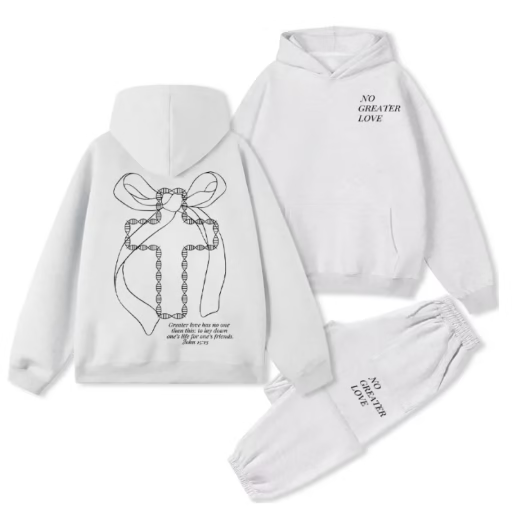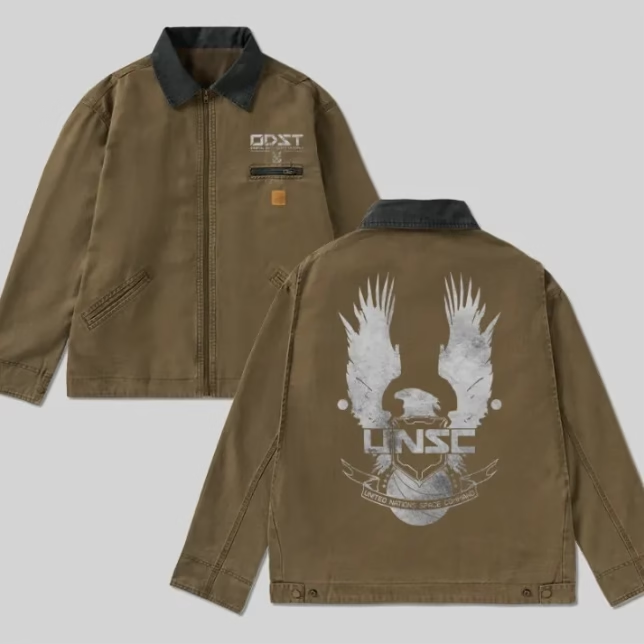QR codes have emerged as a modern solution for delivering product information, especially in the context of security seals. These unique, square-shaped barcodes have become ubiquitous in our daily lives, appearing on everything from advertisements to restaurant menus. But what exactly are QR codes? Simply put, QR codes are digital shortcuts that store information, accessible when scanned by a smartphone or a QR code reader app. They act as a bridge between the physical and digital worlds, offering a convenient way to access relevant content instantly.
Having access to accurate and up-to-date product information is paramount. Whether it’s ensuring the authenticity of a product or verifying its origin, consumers and businesses rely on this information to make informed decisions and safeguard against tampering or counterfeiting. Herein lies the significance of QR codes in modernizing product information delivery for security seals.
By embedding QR codes on these seals, manufacturers can provide a seamless and efficient means for consumers to access detailed product information, such as manufacturing date, batch number, and authentication status, with a simple scan. This approach enhances transparency and trust and empowers consumers to verify the integrity of the products they purchase, ultimately bolstering security measures and fostering greater confidence in the marketplace.
Understanding Security Seals
Security seals play a crucial role in safeguarding products and goods during transit or storage, ensuring their integrity and authenticity. These seals are physical barriers, often made of materials like plastic or metal, designed to deter tampering or unauthorized access. Their purpose is simple yet essential: to provide visible evidence of interference or tampering, thereby alerting stakeholders to potential security breaches. Common types of security seals include bolt seals, cable seals, and padlock seals, each serving specific purposes depending on the application and level of security required.
In a bustling hub, they can play a pivotal role in educating businesses and consumers about the various types of security seals available. These companies can elucidate the features and benefits of different seal types, helping businesses make informed decisions to protect their assets effectively. Accurate product information is paramount when it comes to security seals. Beyond their physical presence, security seals serve as gatekeepers of information, conveying vital details about a product’s origin, authenticity, and handling instructions.
For businesses and consumers alike, having access to this information is imperative for ensuring trust and confidence in the integrity of the products being secured. Whether it’s a perishable shipment requiring precise temperature control or high-value merchandise necessitating stringent security measures, accurate product information provided through security seals is non-negotiable. In an age where transparency and accountability are paramount, the importance of accurate product information cannot be overstated, underscoring the pivotal role that security seals play in modern supply chains and commerce.
The Role of QR Codes in Product Information Delivery
QR codes have become a game-changer in how product information is delivered, bridging the physical and digital realms seamlessly. These square-shaped barcodes, when scanned by a smartphone or QR code reader app, unlock a wealth of information instantly. Their simplicity belies their power; QR codes serve as digital shortcuts, offering consumers quick access to relevant product details with just a scan. In bustling metropolises, leveraging QR codes for product information delivery can be immensely beneficial.
These companies, armed with their expertise in online platforms and communication channels, can amplify the reach of product information, making it easily accessible to a wider audience. Furthermore, QR codes enhance security seal verification processes by providing a convenient means to authenticate products. By embedding QR codes on security seals, manufacturers enable consumers to verify the authenticity and integrity of products swiftly and reliably, bolstering trust and confidence in the marketplace.
Implementing QR Codes for Security Seals
Implementing QR codes for security seals involves several key steps to ensure seamless integration and effective use. Firstly, creating QR codes for product information is a straightforward process that typically involves generating a unique code using online tools or software. Once generated, these codes can be customized to include relevant details such as manufacturing date, batch number, and authentication status. Integrating QR codes into security seal packaging is the next crucial step. Security seal manufacturer play a pivotal role in this process by ensuring that the QR codes are prominently displayed on the packaging and securely affixed to the seals themselves, preventing tampering or alteration.
Additionally, providing training for users on QR code scanning and interpretation is essential to maximize the benefits of this technology. Users need to be educated on how to scan QR codes correctly using their smartphones or QR code reader apps and understand how to interpret the information retrieved. By following these steps, businesses can harness the power of QR codes to enhance security seal verification processes and provide consumers with easy access to accurate product information.
Benefits of QR Codes for Security Seal Manufacturers and Users
QR codes offer a multitude of benefits for both security seal manufacturers and users alike. One significant advantage is the improved traceability and transparency they bring to supply chains. By integrating QR codes into security seal packaging, manufacturers can track products more effectively throughout the distribution process, enhancing accountability and reducing the risk of errors or discrepancies. Additionally, QR codes serve as a powerful tool in combating counterfeiting, providing an extra layer of security through their unique identification capabilities.
For users, particularly when purchasing products like cable seals, QR codes offer unparalleled ease of access to detailed product information. With a simple scan, consumers can instantly retrieve information such as product specifications, authentication status, and usage instructions, empowering them to make informed purchasing decisions with confidence. Overall, adopting QR codes represents a win-win scenario for security seal manufacturers and users, driving efficiency, trust, and security in supply chains and consumer transactions.
Challenges and Considerations
As with any new technology, there are challenges and considerations to be mindful of when it comes to implementing QR codes, especially in products like truck seals. One potential barrier to adoption is the reluctance of some stakeholders to embrace change or invest in new infrastructure. Additionally, concerns about data privacy and security may deter companies from fully embracing QR code technology, fearing potential vulnerabilities or breaches. However, these challenges can be addressed through proactive measures and strategies.
For instance, manufacturers can prioritize data encryption and implement robust security protocols to safeguard sensitive information transmitted through QR codes. Moreover, educating stakeholders about the benefits of QR codes and providing reassurance regarding data protection measures can help alleviate concerns and foster trust in the technology. By taking a proactive and transparent approach, companies can overcome resistance to QR code implementation and harness the full potential of this innovative solution for enhancing product security and information delivery.
Embracing QR Codes for Enhanced Security Seal Transparency
In conclusion, QR codes offer a myriad of benefits for delivering product information in the realm of security seals. From improved traceability and transparency in supply chains to enhanced anti-counterfeiting measures, QR codes provide a reliable and efficient solution for both manufacturers and users alike. Embracing modern technology like QR codes is crucial in today’s rapidly evolving landscape, where security and transparency are paramount. By integrating QR codes into their processes, security seal manufacturers and users can streamline operations, boost trust, and ensure the integrity of their products.
Therefore, stakeholders need to consider incorporating QR codes into their practices, embracing innovation to drive efficiency and reliability in security seal verification processes. Incorporating QR codes isn’t just about staying up-to-date with the latest trends; it’s about embracing a tool that can significantly enhance security and transparency. As we move forward, it’s clear that QR codes offer a valuable solution for delivering product information efficiently and reliably. So, let’s seize this opportunity to embrace modern technology, harnessing the power of QR codes to strengthen security seal verification processes and foster trust in the marketplace. Together, let’s pave the way for a future where transparency, efficiency, and reliability go hand in hand, powered by the simplicity and effectiveness of QR codes.






